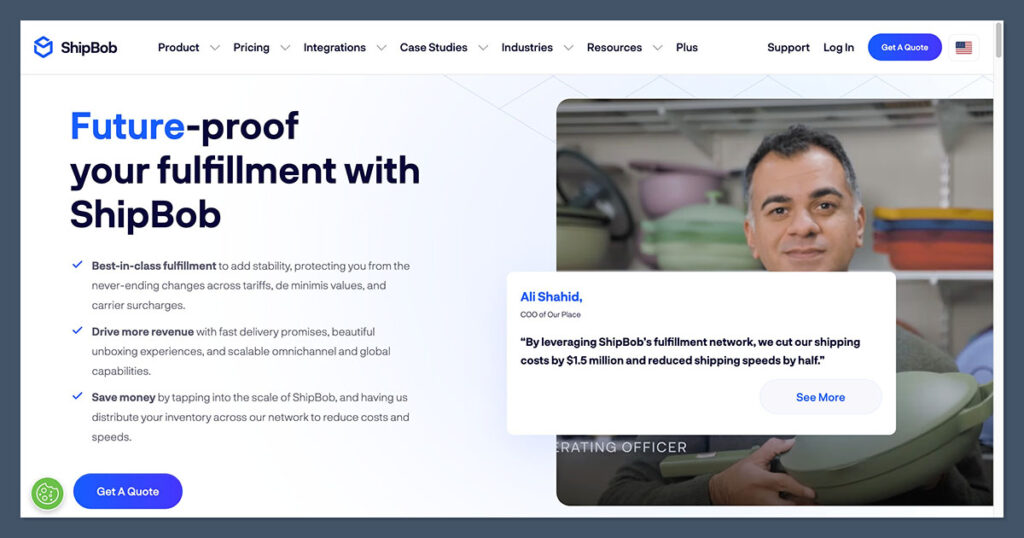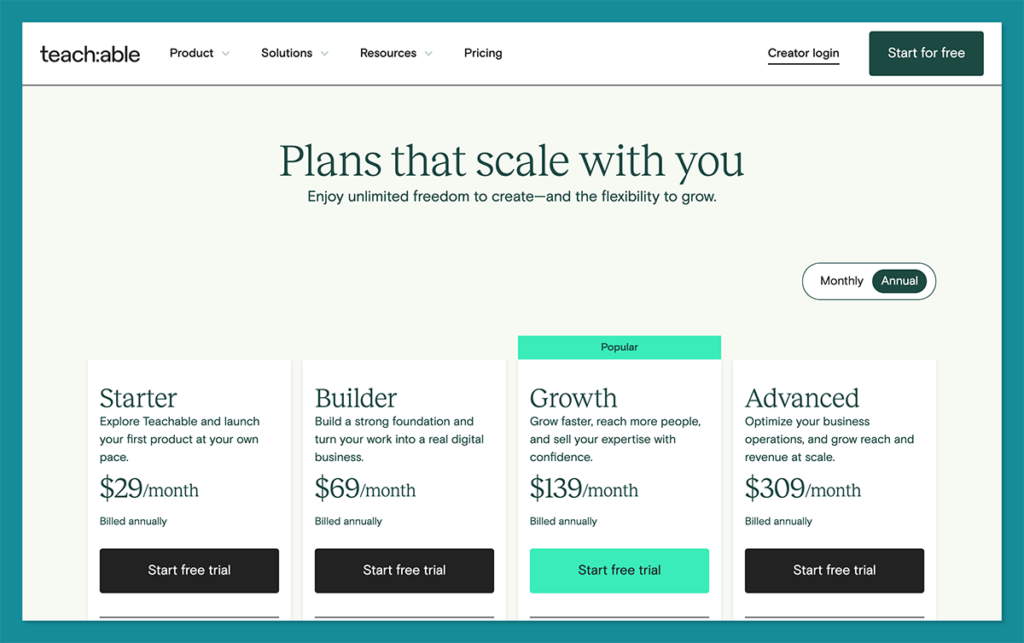If you’re a dropshipper in the US, you’ve probably heard about the new tariffs on products from China.
As of April 2025, the US government has placed massive import taxes (up to 145%) on most goods from China.
In simpler words, importing cheap items from China just got a lot more expensive.
That $10 gadget you used to sell might now cost $24 before you even add shipping.
And if you were used to the $800 “duty-free” loophole for small packages, that’s gone too.
Even the tiniest parcel from China is now taxed heavily and slowed down at customs.
In this article, we will explain exactly what’s happening, how it affects your business, and most importantly, what you can do to stay profitable.
Let’s start.
A quick summary of what changed in 2025
Here’s what you need to know before we continue.
In April 2025, the US government introduced the biggest tariffs on Chinese imports in modern history: a 145% import tax on nearly all goods made in China.
That means if a product costs $10 from your supplier, you could now be paying an extra $14.50 in government fees before it even ships to your customer.
But it gets worse.
Until now, most dropshippers in the US used a rule called the “$800 de minimis exemption.” It allowed any product under $800 to enter the US tax-free.
That’s how platforms like AliExpress, Temu, and Shein can ship super-cheap items right to your customer’s door without anyone paying import duties.
That loophole is now gone.
Starting in May 2025, every package from China (even a $2 phone case) will be subject to customs fees and duties.
There are some different situations, though:
- If the package is shipped via commercial carriers like FedEx or UPS, it now carries a 145% tariff on the declared value.
- If it’s sent through the US Postal Service (USPS), customs charges 120% of the item’s value or a flat $100 per package, whichever is higher. Starting June 1, 2025, that flat fee increases to $200 per package, even for items that cost just a few dollars.
There is one small exception.
Some higher-end electronics (like smartphones, laptops, and computer parts) are not taxed at the full 145%. Instead, they’re taxed at about 20%, which was done to protect big American tech companies like Apple and Dell that rely on Chinese manufacturing.
The bottom line is this:
– Most Chinese products have a 145% import tax.
– The $800 tax-free limit is gone.
– Cheap parcels are now expensive.
– Electronics like phones/laptops are spared (sort of).
This is a major wake-up call if you’ve been dropshipping from China.
The rules have changed overnight, and if you don’t adjust, you’re probably losing a lot of money.
But don’t panic, there are ways to adapt.
Continue reading, and we’ll tell you what you can do next.
Why is dropshipping so vulnerable to Trump’s tariffs?
The new tariffs have exposed a major weakness in the dropshipping model.
At its core, dropshipping is built on one powerful idea: buy cheap, sell for more, and let someone else handle the inventory and shipping.
For years, the winning formula has been:
- Source low-cost products from China.
- Ship them directly to customers in the US.
- Profit from the difference.
This worked beautifully, especially thanks to the $800 de minimis rule, which allowed you to ship items from China duty-free as long as their value was under $800.
Most dropshipping products (like $15 kitchen gadgets or $20 beauty tools) fit comfortably under that limit.
Shipping was cheap, customs was rarely an issue, and the profit margins were manageable.
But that advantage is gone now.
No room for profit
The removal of the exemption would already be difficult on its own. But it came alongside a 145% tariff on nearly all Chinese consumer goods:
For example, a $10 product imported through a commercial carrier like FedEx now carries a $14.50 tariff, making its cost $24.50 before shipping, advertising, or profit.
If you use USPS instead, you’re subject to a 120% tax or a flat $200 fee, whichever is higher.
It’s impossible to sell a $5 bracelet or a $15 kitchen tool when it costs three to ten times that to get it through customs.
Some dropshippers are trying to raise prices, but many report that customers abandon their carts once prices exceed what’s typical for impulse buys.
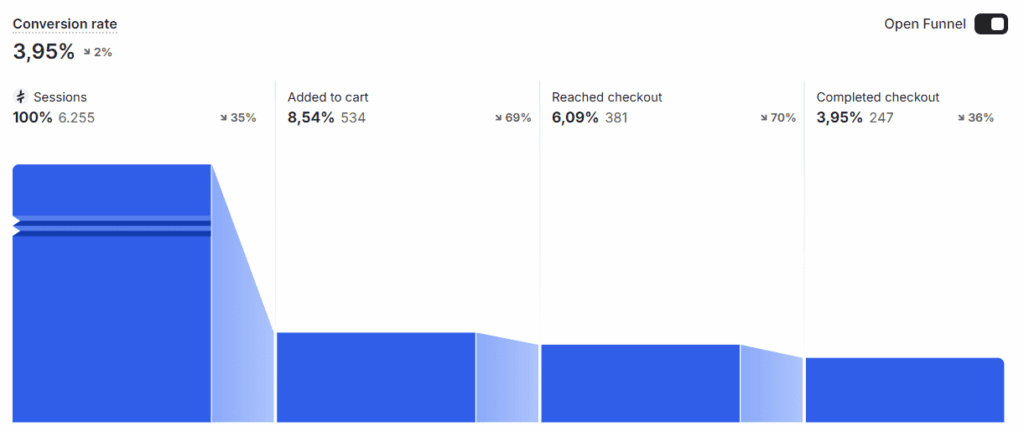

And the challenges go beyond the price…
Shipping delays
Now that every package from China requires customs screening and duty payment, shipping times are getting longer.
Parcels that used to arrive in 7 to 15 days are now stuck waiting for inspection.
In some cases, packages are returned to the sender if the duty isn’t prepaid correctly.
Dropshippers are reporting an increase in customer complaints, refund requests, and chargebacks as a result.


And customers used to be more forgiving about slightly longer delivery times in exchange for lower prices.
But as prices go up and delays become more common, many buyers are no longer willing to wait two or three weeks for a product that costs more than it used to.
Shock and frustration in the community
The reaction in the dropshipping community has been intense.
Some people now call dropshipping “dead” on Reddit forums and Shopify groups.
Some are shutting down ad campaigns and pausing stores while they rethink their strategy.


Some experienced sellers are managing to adapt quickly, especially those who were already working with US-based suppliers.
However, many dropshippers who relied heavily on cheap Chinese products found that the model they built their business on had become unworkable almost overnight.
But that doesn’t mean dropshipping is dead.
If you can adapt, there are still opportunities:
5 Ways to adapt to the dropshipping tariffs
One thing is clear: the classic version of dropshipping from China to the US is no longer sustainable.
Anyone who wants to keep selling profitably will need to rethink their approach entirely.
So, here are five things you can do:
1. Stop working with Chinese suppliers
If you want to stay in business, the safest thing you can do now is start building new relationships in other countries that aren’t affected by the tariffs.
Let’s look at some of the best alternatives for dropshipping:
Vietnam, India, or Indonesia
These countries have been rising quietly as low-cost manufacturing hubs for years.
And now, with China under heavy tariffs, they’re attracting a lot of attention.
The quality is often comparable, and prices are still low enough to leave room for healthy profit margins.
In fact, some Chinese manufacturers are already shifting operations to these countries in response to US policy:
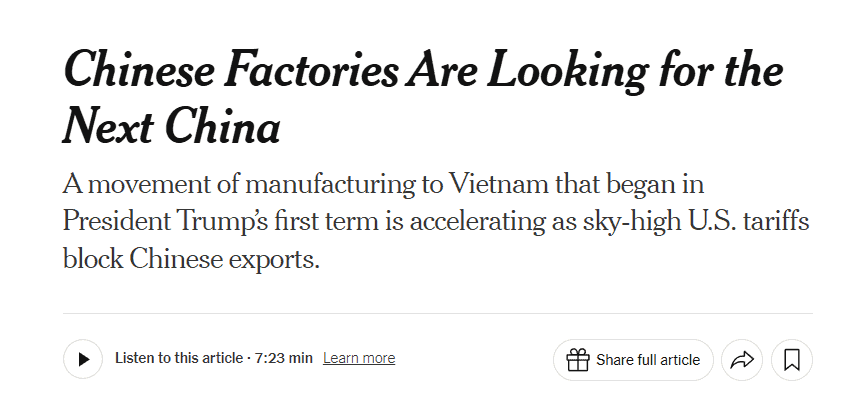

Platforms like Alibaba and IndiaMART are good places to start looking, and more dropshipping agents are beginning to support fulfillment from Southeast Asia as well.
You can also check out our article on the best dropshipping suppliers in India here.
Mexico and Latin America
Mexico is quickly becoming a top pick for US sellers looking to source closer to home.
Thanks to the USMCA trade agreement, many goods shipped from Mexico to the US don’t face tariffs at all, or only minimal ones.
This makes Mexico a great alternative to avoid customs headaches and reduce shipping times.
With warehouses just across the border, you can offer 2–5 day delivery—something that Chinese suppliers can’t currently compete with.
If you sell in categories like furniture, household items, leather goods, or even certain electronics, Mexico might be a strong fit.
Although the options for dropshipping suppliers in Mexico are still limited, we’re sure more will pop up soon.
For example, if you’re in the print on demand niche, you can take a look at Printful:


US-based suppliers
If you’re looking for the lowest-risk path, working with US-based suppliers might be your best option.
They may charge higher prices, but they eliminate almost all the customs risk and often offer much faster shipping.
You can still operate your business using a dropshipping model, but the experience is much smoother.
Best USA Dropshipping Suppliers Shortlist
Here’s our shortlist of the best US-based dropshipping suppliers in 2025:
-
Best for Automation: Zendrop — Offers automated fulfillment, US warehouses, and private labeling options. -
Best for Fashion Clothing: Trendsi — Specializes in fashion apparel with fast US shipping and no upfront costs. -
Best for Beauty Brand Automation: Jubilee — Easily build your own white-label beauty brand with automated fulfillment. -
Best for Supplements: Supliful — Focuses on private label supplements with seamless branding and fulfillment. -
Best for High-Ticket Automation: AppScenic — Offers high-ticket items with real-time syncing and automated fulfillment. -
Best for Designer Clothing: BrandsGateway — Offers luxury fashion items with fast worldwide shipping. -
Best for Branded US Products: Spocket — Filter US suppliers with branded invoicing and fast delivery. -
Best for Marketplace Variety: Syncee — Connect with US dropshipping suppliers through a smart product hub. -
Best for Coffee Dropshipping: Dripshipper — Specializes in private label coffee with US-based roasting and fulfillment. -
Best for Eco-Friendly Products: DropCommerce — Focuses on sustainable products from North American suppliers. -
Best Lifetime Directory: Worldwide Brands — One-time access to thousands of certified wholesale suppliers. -
Best for Finding Unique US Suppliers: SaleHoo — Vetted supplier directory ideal for discovering less common US-based dropshipping partners.
Show More
Using US suppliers also helps build a premium brand image. “Made in USA” or “Ships from the US” can be selling points that justify higher prices and build customer trust.
2. Sell high-margin products
Dropshippers have long built their stores around small, affordable products.
They were cheap to source from China, cheap to ship, and flew under the radar of US customs thanks to the $800 de minimis rule.
However, with that exemption gone and tariffs now applied to all packages from China, the model no longer works for these products.
For most dropshippers, a $10 product now costs $24.50.
This is why many experienced sellers try to dropship higher-margin or higher-ticket products.
For example, if that $10 product was low-margin and you sold it for $30, you would likely lose money on each sale:


But if you have a high-margin product that was $10 and you can sell it for $70, then the tariffs are still painful, but manageable:


Beyond physical goods, some dropshippers also explore digital products like design templates or ebooks that don’t require shipping or tariffs.
Another shift is into print on demand (POD). Companies like Printful, Printify, or Gelato handle the production and shipping from within the US or other non-tariffed countries.
Some dropshippers are also building hybrid stores that combine all of these elements.
They might sell one line of POD products, one digital product, and a few high-margin physical items sourced from Mexico, India, or Vietnam.
3. Raise your prices and communicate honestly
As we’ve seen, raising your prices is necessary to keep dropshipping from China.
The real challenge is doing it in a way that keeps your store profitable and your customers on your side.
So, start by calculating your new total cost, including tariffs, shipping, transaction fees, and ad spend.
Then, work backward to find a realistic price that gives you breathing room.
In most cases, a price increase of 10% to 30% is enough to restore some margin without scaring away your customers.
But don’t just quietly change the price and hope no one notices.
That’s where many dropshippers make a mistake.
Your customers will notice, and if you say nothing, they’ll assume you’re just charging more for no reason.
That’s why it’s better to be upfront and tell them what’s happening.
Here’s an example of the ecommerce store Jolie, who also used it as a way to get a boost in sales by prompting customers to buy now:
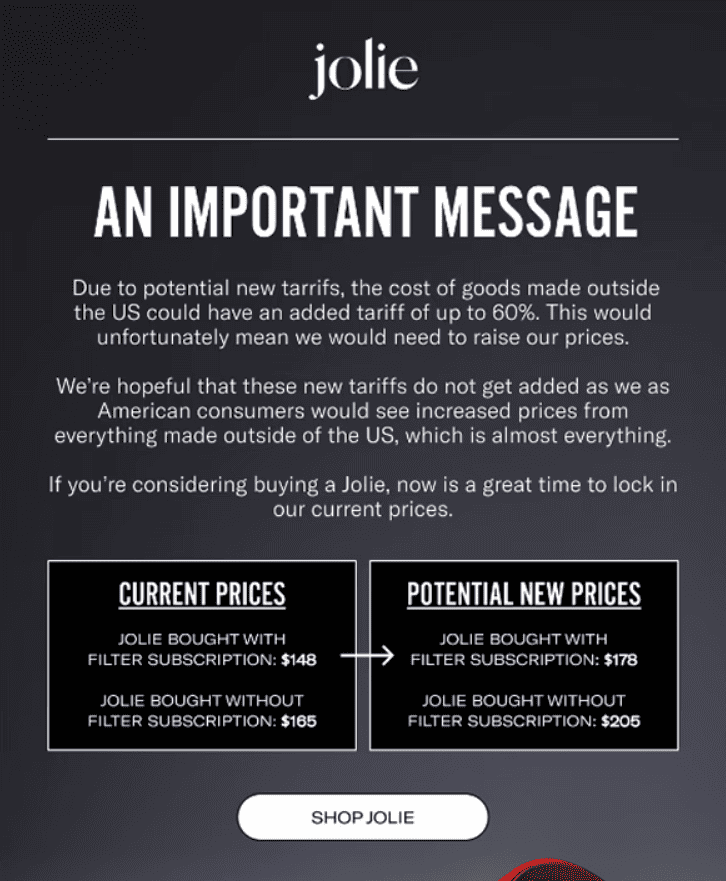

They also added a short banner at the top of their site:
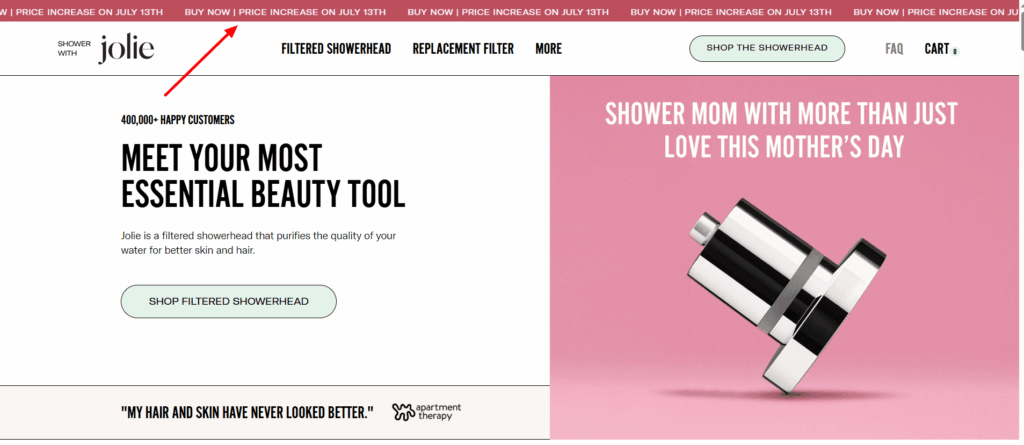

You can also include a short message in your post-purchase emails, your FAQ page, or on your product listings.
Keep it honest, simple, and free of drama.
Most people have heard about the trade situation with China by now, and many customers will appreciate the transparency.
This is also a great time to add value to your offers.
Think about what you can include to make the product feel worth more. That might be improved packaging, a small bonus item, better instructions, or even a free digital download.
Little details like these can help justify a higher price and make customers feel they’re getting a better deal, even if they’re paying more.
4. Start dropshipping to countries other than the US
This is another smart option you might not have considered yet: selling outside the US.
The recent 145% US tariffs only apply to Chinese goods entering the United States.
So, if your supplier in China ships a product to a customer in Canada, Australia, Germany, or almost anywhere else, those same US import duties don’t apply.
Yes, other countries have their own customs rules, but in most cases, the fees are much lower, and sometimes there are no tariffs at all for small parcels.
It means that the same product that’s no longer profitable in the US could still be perfectly profitable elsewhere.
You only need to find the right markets and get your ads in front of the right people.
For example, some other countries that are great for dropshipping are the United Kingdom, Ireland, or Australia.
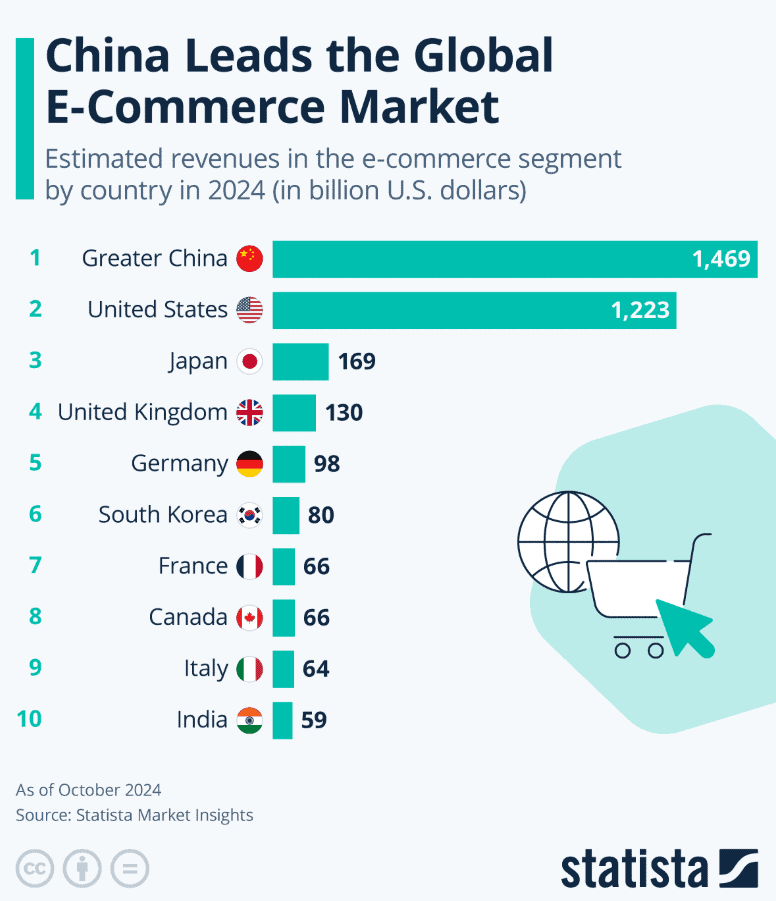

If your dropshipping store is created with a platform like Shopify, it is pretty easy to start setting up localized storefronts, automatically convert prices to local currencies, and even handle international tax settings with built-in features.
If you’re not ready to deal with language barriers, you can also focus on English-speaking countries first (like Canada, the UK, or Australia). These markets tend to have similar consumer habits and are already familiar with US-style branding and offers.
Many Chinese suppliers ship globally and can deliver products to most major markets in 7 to 20 days. You may even find that shipping to Europe or Canada is faster than expected.
5. Import in bulk and warehouse in the US
The final strategy that more experienced sellers are now turning to is bulk importing and US-based warehousing.
So, instead of fulfilling every order directly from your Chinese supplier, you import a larger batch of products into the US all at once, pay the import duties upfront, and store that inventory in a domestic warehouse.
Now, you might be wondering: isn’t the tariff still 145% no matter what?
And yes, it is.
But here’s where you will have advantages compared to the dropshipping model:
Lower shipping costs per unit
When you import in bulk by sea, your cost per unit to ship drops significantly.
For example, sending one product by air from China might cost you $5–$10.
However, shipping 500 or 1,000 units by sea could bring that number down to $0.50–$1.50 per item. That’s a massive saving!


Faster delivery and happier customers
Once your products are inside the US, you can offer 2–5 day shipping using local fulfillment centers.
This gives your store a massive boost in trust and credibility.
Customers are more likely to order (and less likely to ask for refunds) when they know they’ll get their item quickly.
Faster delivery also means better reviews, higher customer satisfaction, and fewer support headaches.
Better control over quality and branding
With warehousing, you can inspect your products before they’re sent out.
You can also add your own packaging, thank-you cards, or bundle items together.
These are things that are hard to do with a supplier in China who is shipping one order at a time.
It also opens the door to creating a real brand experience that stands out, not just a generic dropshipping store.
It’s easier than you might think
To be clear: you don’t need your own warehouse to make this work.
There are plenty of third-party logistics (3PL) providers that specialize in storing and fulfilling inventory for ecommerce businesses.
Companies like ShipBob handle everything from warehousing to picking, packing, and shipping:


Other platforms like Zendrop even let you source products that are already stored in the US, so you don’t have to import them yourself:
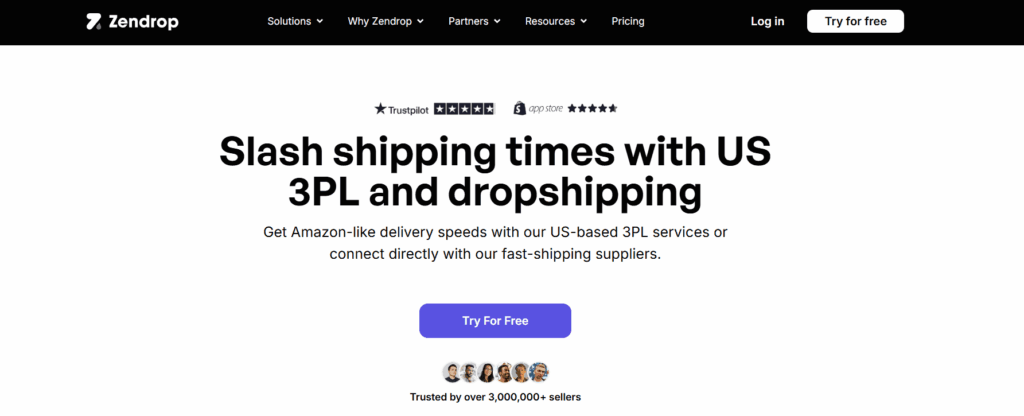

Yes, this model requires more upfront planning (and a bigger initial investment to buy inventory), but if you’re already making sales, it can be an effective way to keep your store profitable under the new rules.
What comes next?
Right now, it feels like the retail industry is holding its breath.
The April 2025 tariff shock has already forced significant changes, but the situation is still moving.
And depending on what happens next, those changes could get better… or worse.
The good news is that the 145% tariff might not be permanent.
According to reports from sources like Reuters, there are already signs of negotiations that could bring the tariff down to around 80%:
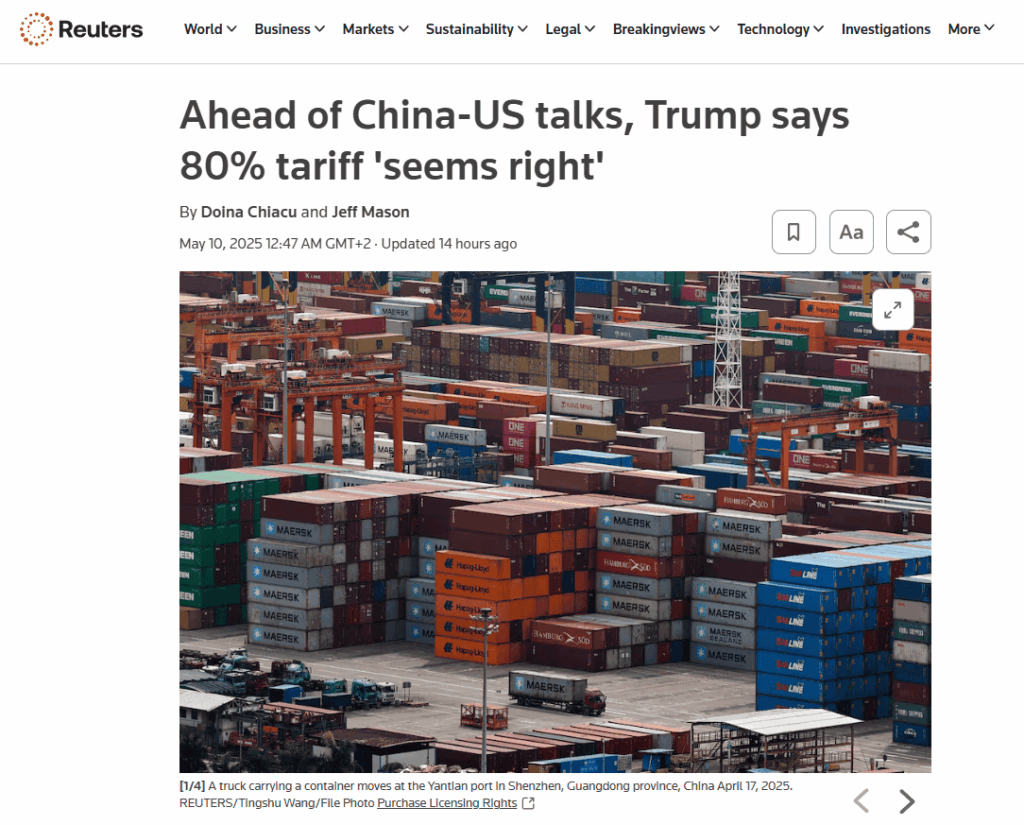

But that doesn’t mean you should just wait.
The truth is that tariffs are just one policy away from changing.
This is why staying informed is more important than ever.
When the rules shift again (and they will), you’ll want to be one of the first to know, not the last to catch up.
And unfortunately, no one knows what will happen next!
Summary
Before we go, we’ve created a quick summary of this article for you, so you can easily remember it:
- You are now facing tariffs as high as 145% on nearly all Chinese imports, which drastically increases your product costs.
- You can no longer rely on the $800 de minimis exemption, meaning even low-value parcels from China are now taxed.
- Many dropshippers are exiting the market or pausing their stores, but others are adapting and finding new ways to sell.
- The 145% tariffs may not last forever, and there are early signs of possible negotiations that could lower them to 80%.
- You must stay informed, flexible, and ready to pivot because trade rules can change quickly and dramatically.
Conclusion
So, that easy version of dropshipping, where you list cheap products from AliExpress and ship them directly to US customers for a quick profit?
It’s over. (At least, for now.)
But dropshipping isn’t dead. It’s just different now.
Yes, it’s harder. Yes, margins are tighter. And yes, you have to be more strategic than before.
But if you are open to testing new suppliers, exploring new markets, changing what you sell or how you fulfill, building a profitable business is still possible.
If you’re learning, testing, adjusting, you’re not behind.
You’re exactly where you need to be!
Want to learn more about dropshipping?
Ready to move your dropshipping store to the next level? Check out the articles below:
Plus, don’t forget to check out our in-depth guide on how to start dropshipping here!

